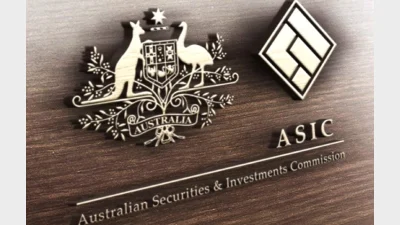Women’s retirement outcomes boosted by 12% super rate



Women beginning their careers in 2025 could retire with hundreds of thousands of dollars more in super due to the 12 per cent super guarantee rate, HESTA modelling shows.
New modelling undertaken by HESTA has shown young women entering the workforce this year could retire with far more super due to higher contributions, particularly those in lower-paid, care-based industries.
The modelling revealed that a woman representative of the average HESTA member could retire with $712,000 if paid the higher super rate across her working life, showing an increase of $411,000 (or 137 per cent) compared to a woman retiring in 2025 on historical lower contribution rates.
Debby Blakey, CEO of HESTA, said the projections highlight the impact of the higher super guarantee, even when factoring in time out of the workforce for caring responsibilities and part-time work.
“The increase in the super guarantee to 12 per cent marked another milestone for Australia’s world-class retirement system and has already started to benefit millions of working Australians,” Blakey said.
“This modelling shows its clear value in helping more women retire with dignity into the future.”
Almost 80 per cent of the fund’s 1 million-plus members are women, typically working in lower-paid industries such as aged care and early childhood education, Blakey added.
“Many take time out of the workforce to care for children or loved ones, and this further impacts their ability to build adequate super balances,” Blakey said.
“The modelling suggests women starting work today could retire with more than double the amount of super compared to female workers modelled to retire this year.”
From 1 July, employers have been required to contribute 12 per cent of ordinary time earnings, up from 11.5 per cent, coinciding with the introduction of super on Commonwealth Paid Parental Leave, which has addressed a longstanding gap that has cost mothers over $3 billion in missed retirement savings, according to HESTA.
Moreover, the super fund has called for changes to the Low-Income Super Tax Offset (LISTO), including raising eligibility to those earning up to $45,000 and increasing the payment amount in order to prevent low-wage earners from paying more tax on super contributions than they’re paid.
Additionally, HESTA is advocating that superannuation be paid on the Commonwealth Carer Payment and indexation of the Work Bonus threshold to guarantee it keeps up with wage growth and inflation, thus enabling retirees to work more without a reduction in their age pension.
“The lift to the super guarantee and paying super on Commonwealth Paid Parental Leave are fantastic steps to strengthen Australia’s retirement system, but there are still policy settings that disadvantage women and those earning lower wages,” Blakey said.
“These changes should be seen as the foundation for further progress on creating a fairer super system, not the end.”
Recommended for you
The Gateway Network Governance Body has unveiled a detailed roadmap to guide the superannuation industry through the upcoming Payday Super reforms.
CPA Australia urges the ATO to extend compliance support for small businesses facing major system changes ahead of Payday Super reforms.
Superannuation funds ramp up collective efforts to counter rising cybercrime, updating standards and sharing intelligence across the industry.
The regulator has fined two super funds for misleading sustainability and investment claims, citing ongoing efforts to curb greenwashing across the sector.








